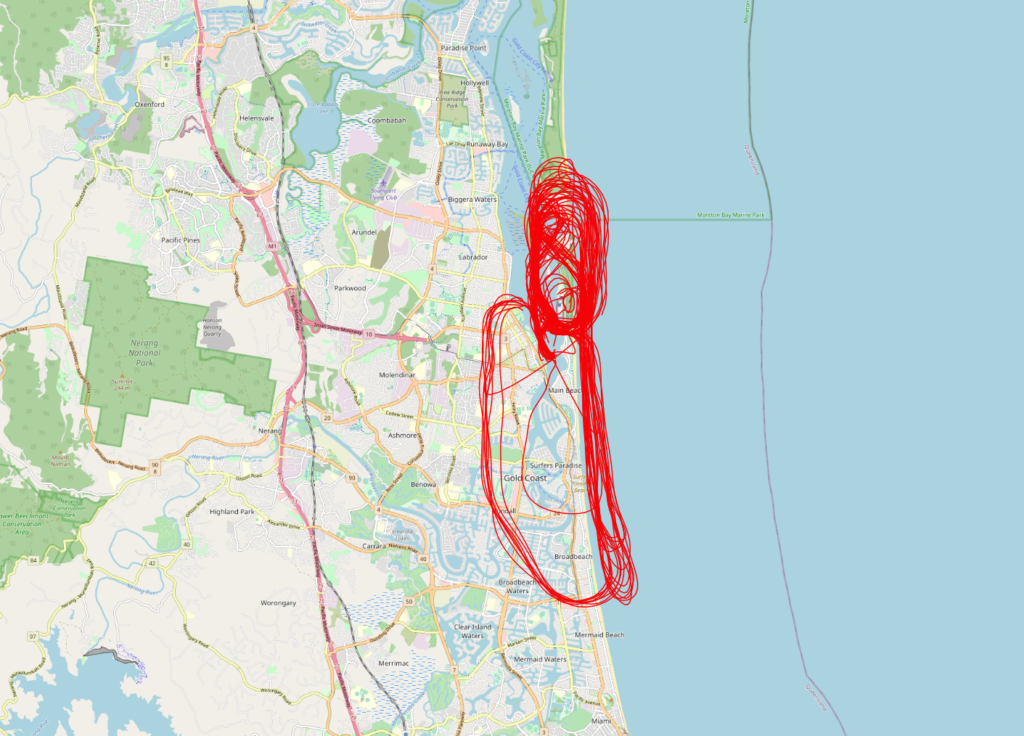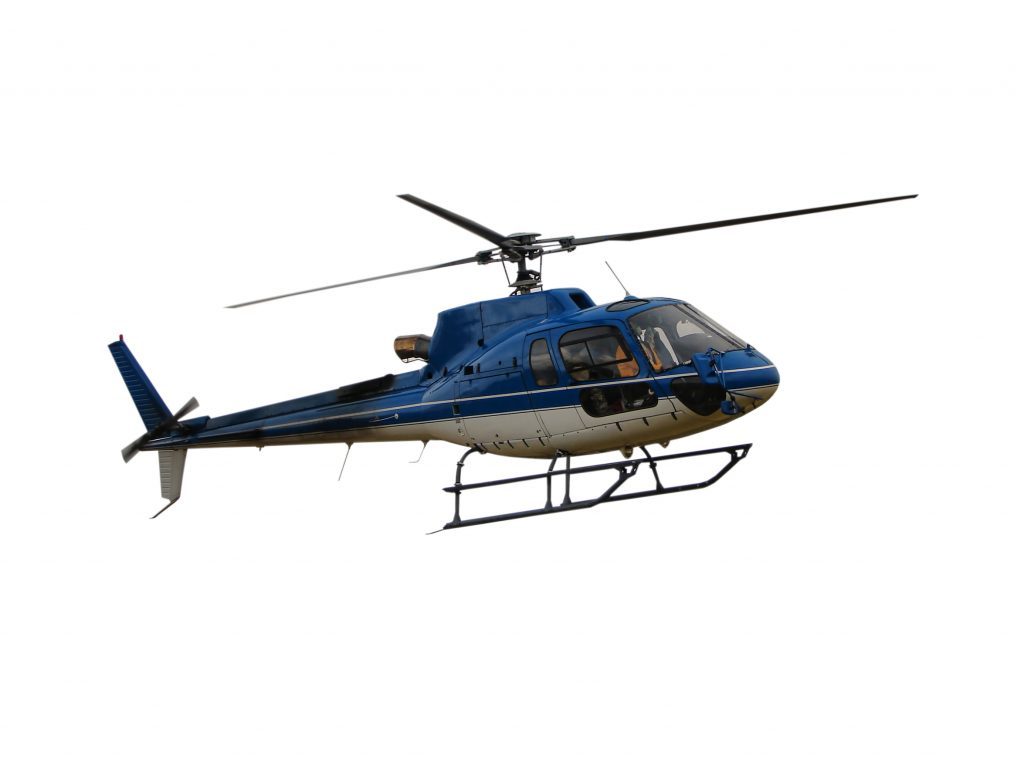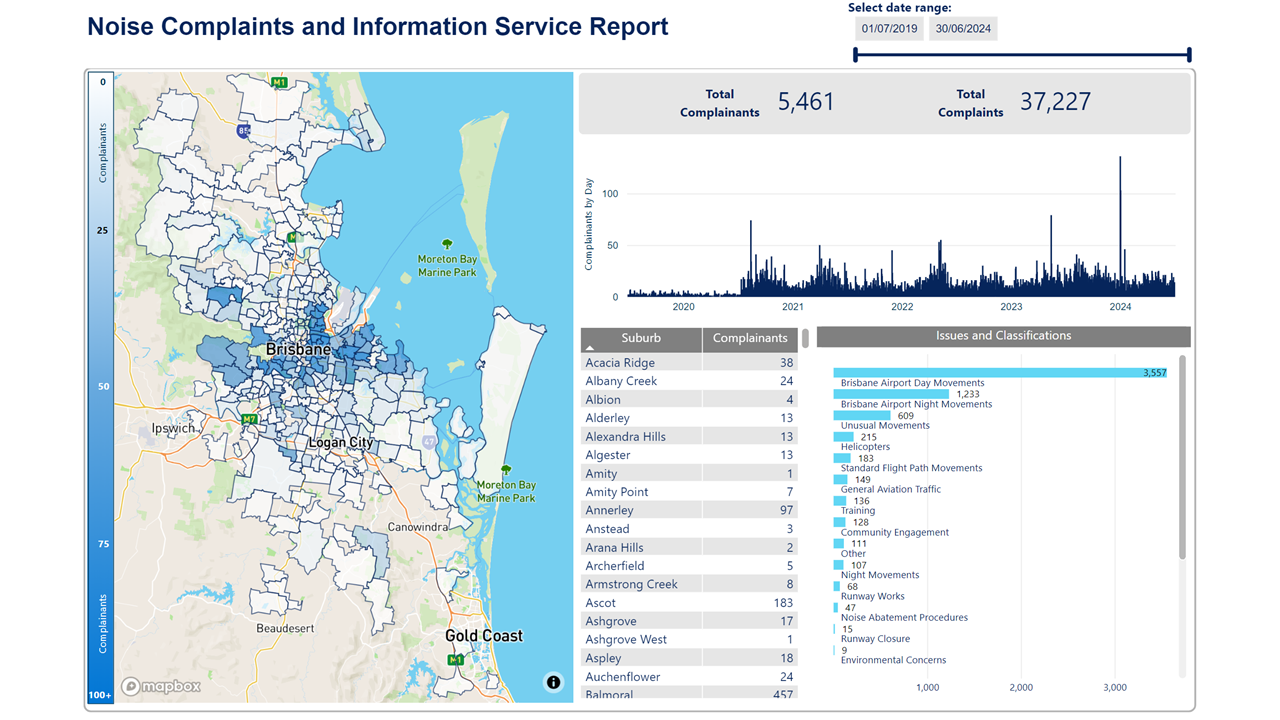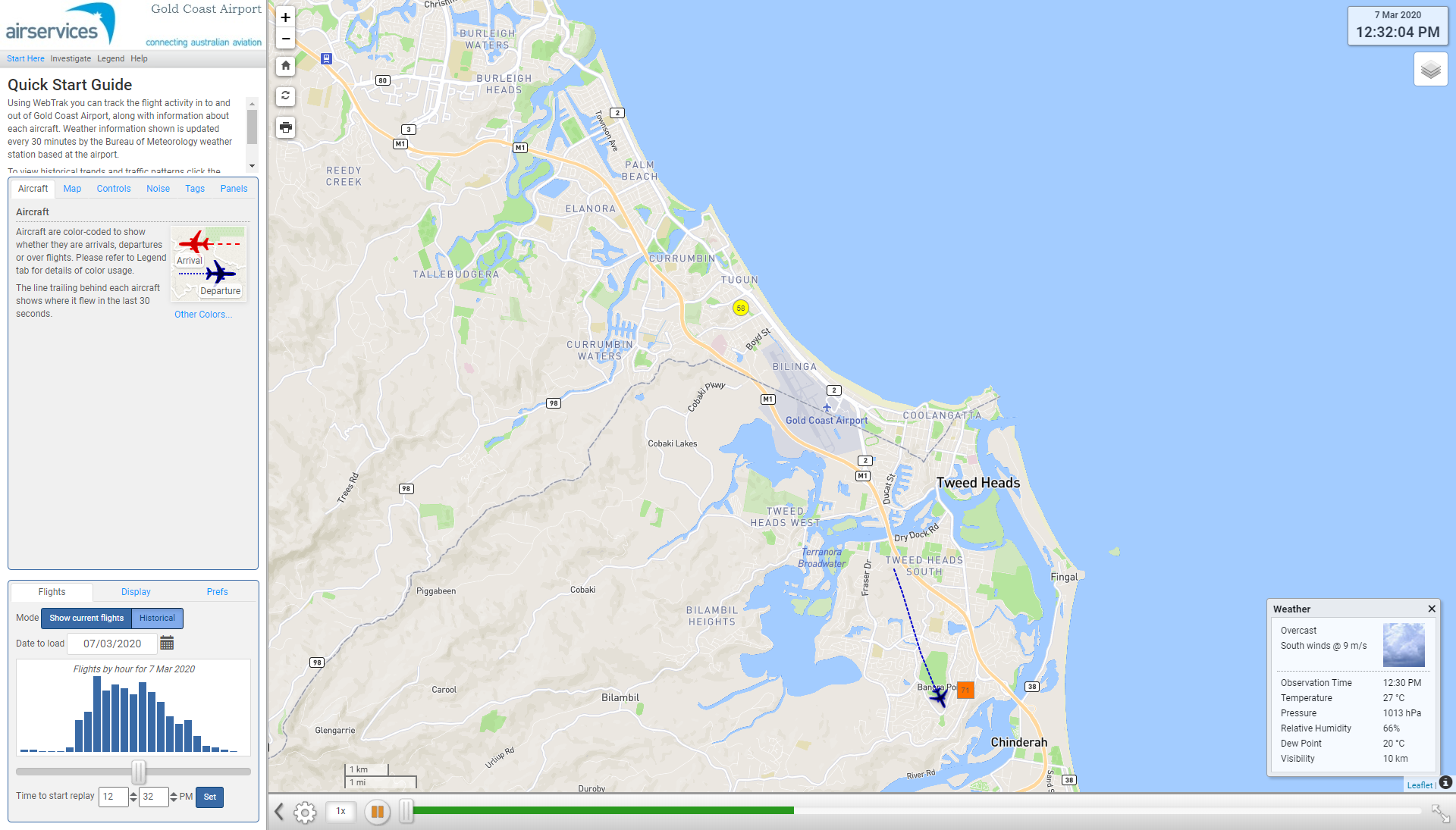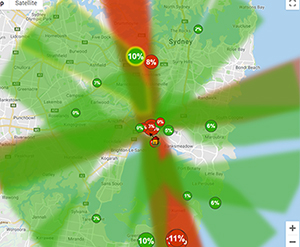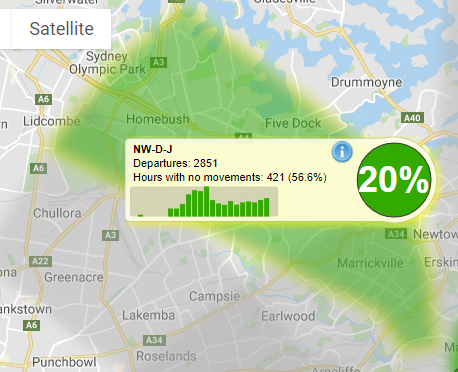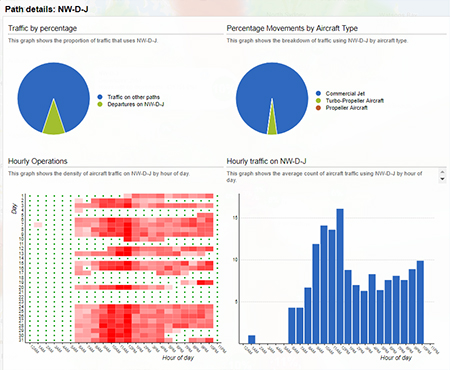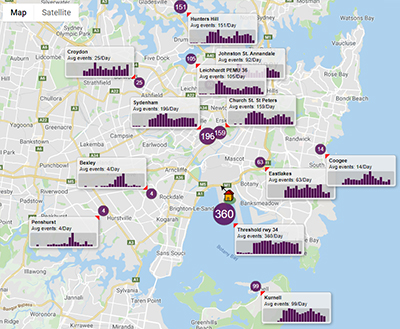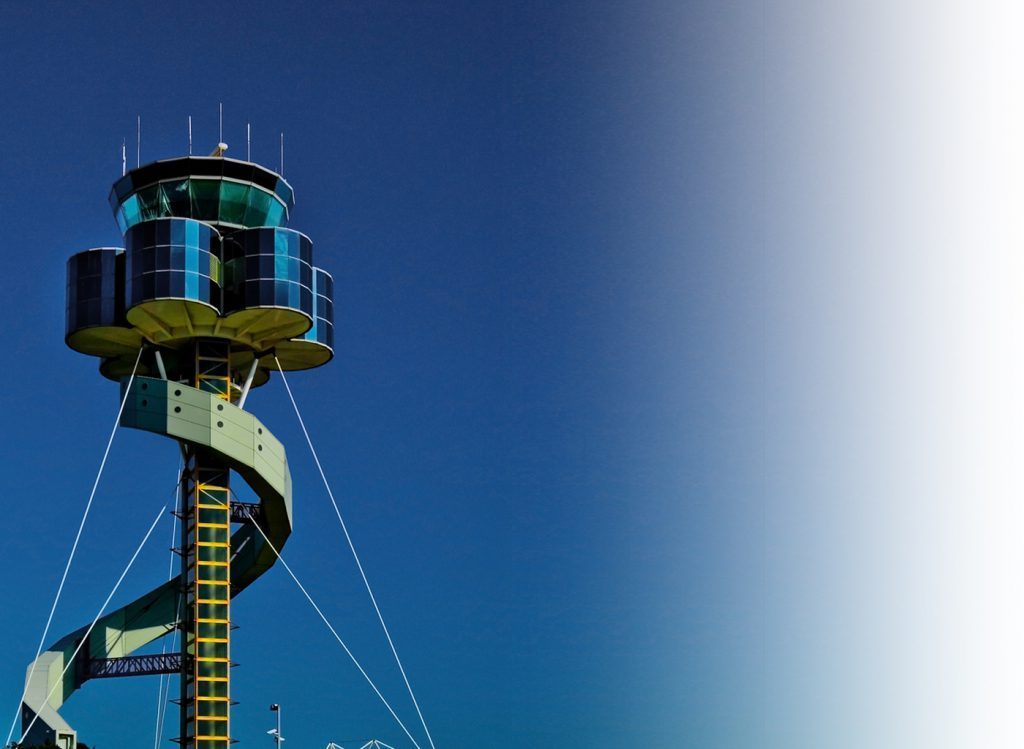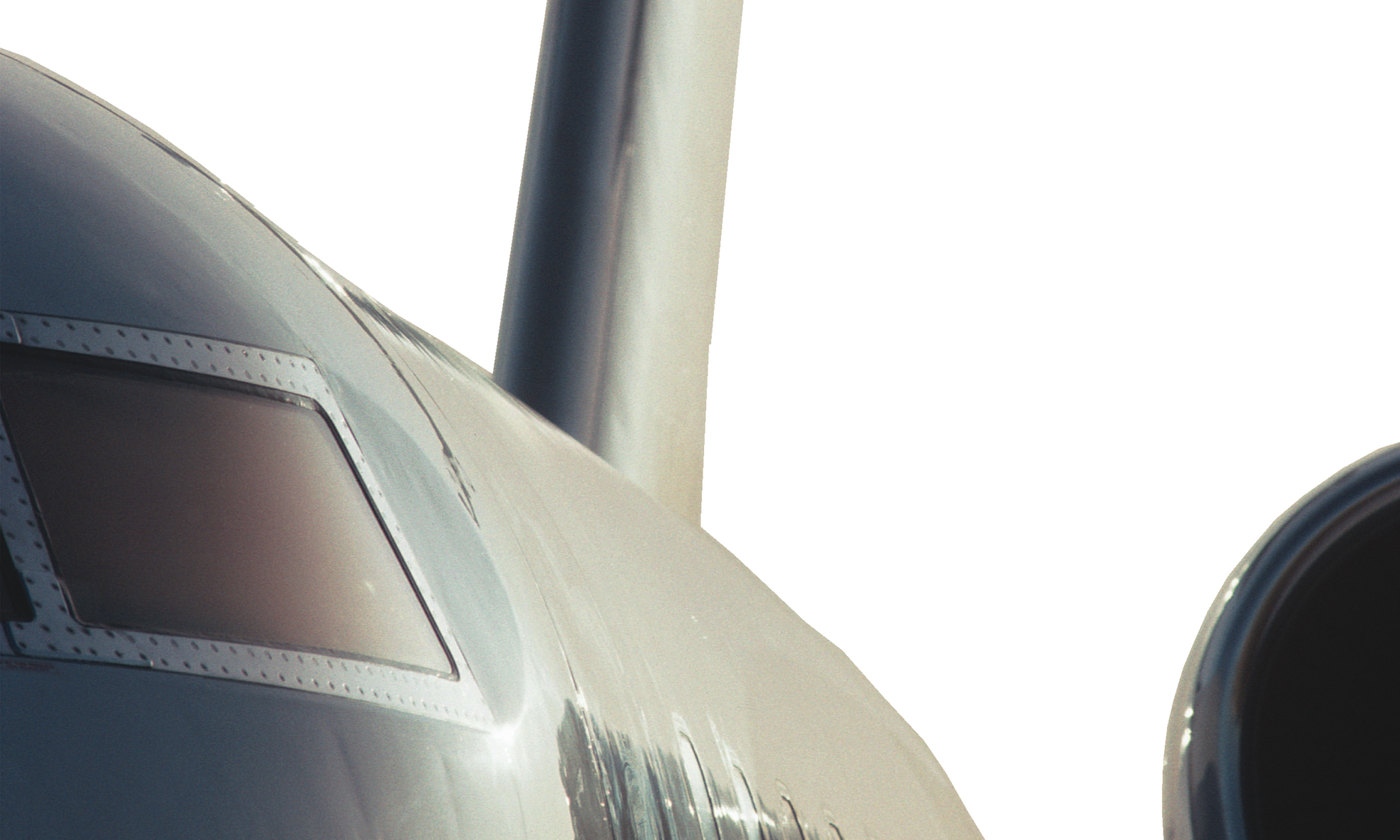Noise Abatement Procedures
Every major airport has Noise Abatement Procedures (NAPs), which are procedures designed to reduce the impact of aircraft noise on the community. There are some limitations to the use of NAPs and they may not be used if they generate delay and congestion, as this can cause noise and emission impacts. Air traffic control or pilots may not be able to use them in certain situations, for example weather conditions or operational requirements.
The main Noise Abatement Procedures currently in use at Brisbane Airport are:
Preferred runways
Air traffic control nominates the runway for use to ensure safety and operational requirements are met, depending on the weather conditions. If weather conditions do not favour a specific runway, the ‘preferred’ runway is used, two of the main points are set out below.
- From 6 am to 10 pm, providing wind and traffic management safety requirements permit, arrivals over Moreton Bay and departures over Brisbane suburbs from Runway 19 L/R is the preferred option.
- From 10 pm to 6 am, providing wind and traffic management safety requirements permit, Simultaneous Opposite Direction Parallel Runway Operations (SODPROPS) are used to enable aircraft to depart and land over Moreton Bay, arrivals onto Runway 19R and departures on Runway 01R.
If the downwind in the southerly direction exceeds 5 knots or there is downwind and the surface is wet, to comply with runway selection criteria, northerly runway direction operations will be nominated. Aircraft will then land over the city and depart over the bay. If conditions change quickly and the forecast suggests it may continue to change, a change of runway direction may not occur immediately or at all, if our air traffic controllers are satisfied that the runway selection criteria is adhered to.
Reciprocal runway operations
During night operations (10 pm to 6 am) Simultaneous Opposite Direction Parallel Runway Operations (SODPROPS) is the preferred operating mode. SODPROPS sees all aircraft operate over the bay by using one runway for departures and the other for arrivals.
To operate SODPROPS visibility must be eight kilometres or greater, the cloud base must be 2500 feet or higher, the downwind must be less than 5 knots and the runway surfaces must be dry.
If SODPROPS cannot be used, the NAPs specify that the southern end of the new runway should not be used during the night period.
Using SODPROPS during day operations
SODPROPS sees all aircraft operate in the same airspace. This means aircraft are ascending and descending in the same airspace and regularly crossing flight paths. This complexity prohibits the use of SODPROPS during busy periods which tends to be throughout the day period. Our air traffic controllers will use SODPROPS during day operations when possible however the traffic density often precludes this. At this time, while traffic numbers are lower than expected, we tend to see the SODPROPS mode maintained after 6am and commence prior to 10pm.
Intersection departures
The NAPs specify that aircraft heavier than 30 000 kilograms cannot use an intersection departure, except when complying with certain ICAO requirements.
Any aircraft below this weight can use an intersection departure and will do so if necessary.
Intersection departures are not permitted by any aircraft between 10pm and 6am, with the exception of a limited number of turbo-prop aircraft from 5am.
Temporary NAP
We will implement a temporary Noise Abatement Procedure to adjust the turbo-prop traffic spread to match what would have been experienced had COVID-19 not affected traffic volumes. This will increase operations in the areas between the short and long approaches (the swathe) during periods of high demand, while the shorter visual approach will still occur when traffic volumes are generally lower.
This temporary procedure will be in place until operations increase to both runways, which will then result in a similar traffic management outcome – with more aircraft operating within the ‘swathes’.
Learn more about turbo-prop operations during COVID-19 on our How do turbo-prop aircraft fly? page.
